If you have a piece of diamond jewelry at home, you may wonder if it’s a real diamond or not. After all, cubic zirconia can look a lot like a diamond. While there are some significant differences between cubic zirconias and diamonds, the only way to really confirm is through testing by an expert.
However, you can get clues by looking at certain aspects of a stone at home. Read on for more on this and how the characteristics of diamonds and cubic zirconia differ.
Diamond or Cubic Zirconia? Some Obvious Differences

A simple inspection can be all it takes to determine whether your stone is a genuine diamond or a cubic zirconia (CZ).
The first obvious difference is how the stone wears. Diamonds tend to be harder than most other stones. Therefore, when inspected under a magnifying glass or microscope, a diamond’s edges will look straight and sharp. A cubic zirconia, on the other hand, will have edges that look uneven and worn.
The next difference between the two stones is the light color. This refers to how the light appears when it enters and leaves the stone’s surface. To determine color, you will have to look at the bottom of the stone. If it’s a synthetic diamond, you will see only blue and orange flashing in the stone. A diamond will show all the colors in the rainbow.
Now that you know how to tell the differences between the stones at home, we’ll discuss some of the methods that the professionals use—but first, more on cubic zirconia.
What Exactly Is Cubic Zirconia?
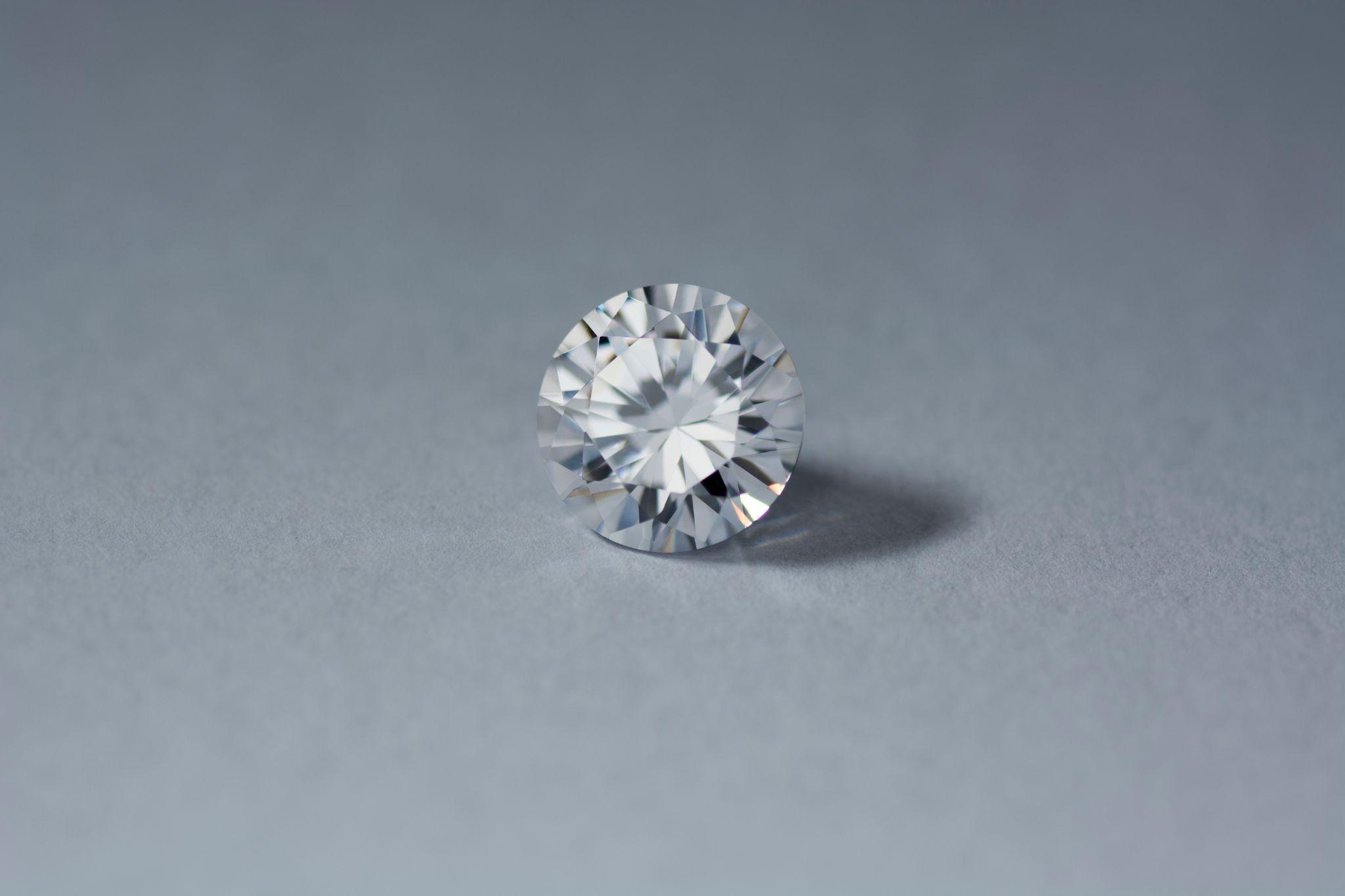
Natural cubic zirconia, or CZ, can be found in small amounts, but the majority of CZ stones are lab-created using zirconium dioxide; hence, their name. These stones look very much like diamonds, except for their mineral structure, which is very different.
In contrast, synthetic or lab-grown diamonds have the same mineral structure as natural diamonds do.
Are CZ Stones Real?
Yes; a cubic zirconia will always be a real stone. However, it can never be considered a real diamond. Of the many other stones used instead of diamonds, CZ is the most impressive and most common diamond simulant.
The Color Scale
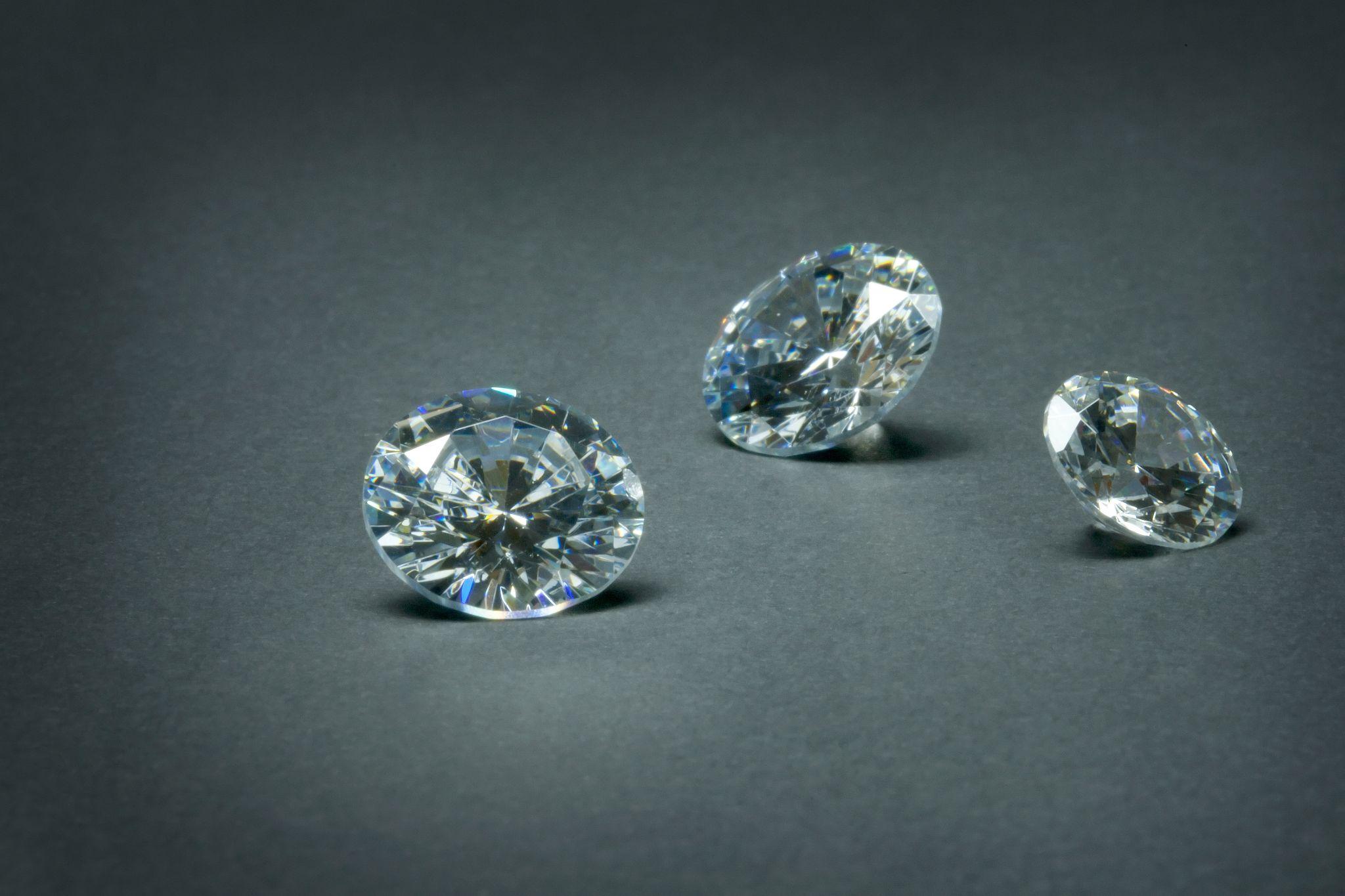
The color scale runs from D to Z, with D being colorless and Z being very yellow. The closer a stone is to D, the higher its value.
Diamonds are commonly portrayed as being clear and perfect. Maybe that’s why so many think that a clear diamond is a perfect diamond! But professional appraisers and gemologists know that on the color scale, a “white” rating can mean that a stone can be tinted brown, gray, or yellow.
Actually, color is one way to confirm that a stone is a cubic zirconia; these stones will fall into the “colorless” portion of the color scale. In fact, so are flaws, or inclusions; contrary to what some may believe, inclusions indicate that a diamond is real. However, these inclusions can only be seen at the microscopic level, making it hard to identify them using home methods.
Stone Composition
The density and hardness of a diamond vs. cubic zirconia is also quite different. Diamonds have such a high hardness rating because immense pressure and over one billion (yes, we said billion) years is required for carbon to become a diamond. In contrast, a cubic zirconia only requires a short time to be created in a lab.
Carat weight is another way to confirm whether a stone is CZ or a diamond. A CZ will weigh more because its zirconium dioxide content has a slightly higher density than the carbon diamonds are made of.
Cost
The amount you pay for a diamond or a CZ will also be different. Cubic zirconia stones, regardless of their size, will always have a far lower price than diamonds do. Any piece a seller claims is diamond jewelry can be easily confirmed by price; a 1-carat diamond will cost over $1800, while a 1-carat CZ can cost as little as $20.
Diamond jewelry should always be accompanied by a certificate of authenticity. Therefore, a reputable jeweler will be able to produce this document upon request.
Lifespan
Many people wonder about the longevity of CZs and diamonds. The better the quality of your cubic zirconia jewelry, the longer it will last.
As long as you care for it properly—meaning frequent cleaning and not wearing it in potentially harmful conditions—your cubic zirconia stone can last up to three years. Wear it only occasionally, and you can extend the lifespan of CZ to five years.
Diamonds, on the other hand, can be worn every day in many different conditions and retain their structure and brilliance. This is due to the stone’s incredible hardness.
Of course, you will want to ensure your diamond jewelry receives professional cleanings, to remove dirt and debris that can loosen settings and stones.
Will a diamond last forever? Technically, no. Eventually, every diamond will return to its natural carbon state in the form of graphite. However, this can take several billion years.
Do You Have Unwanted Diamond Jewelry?
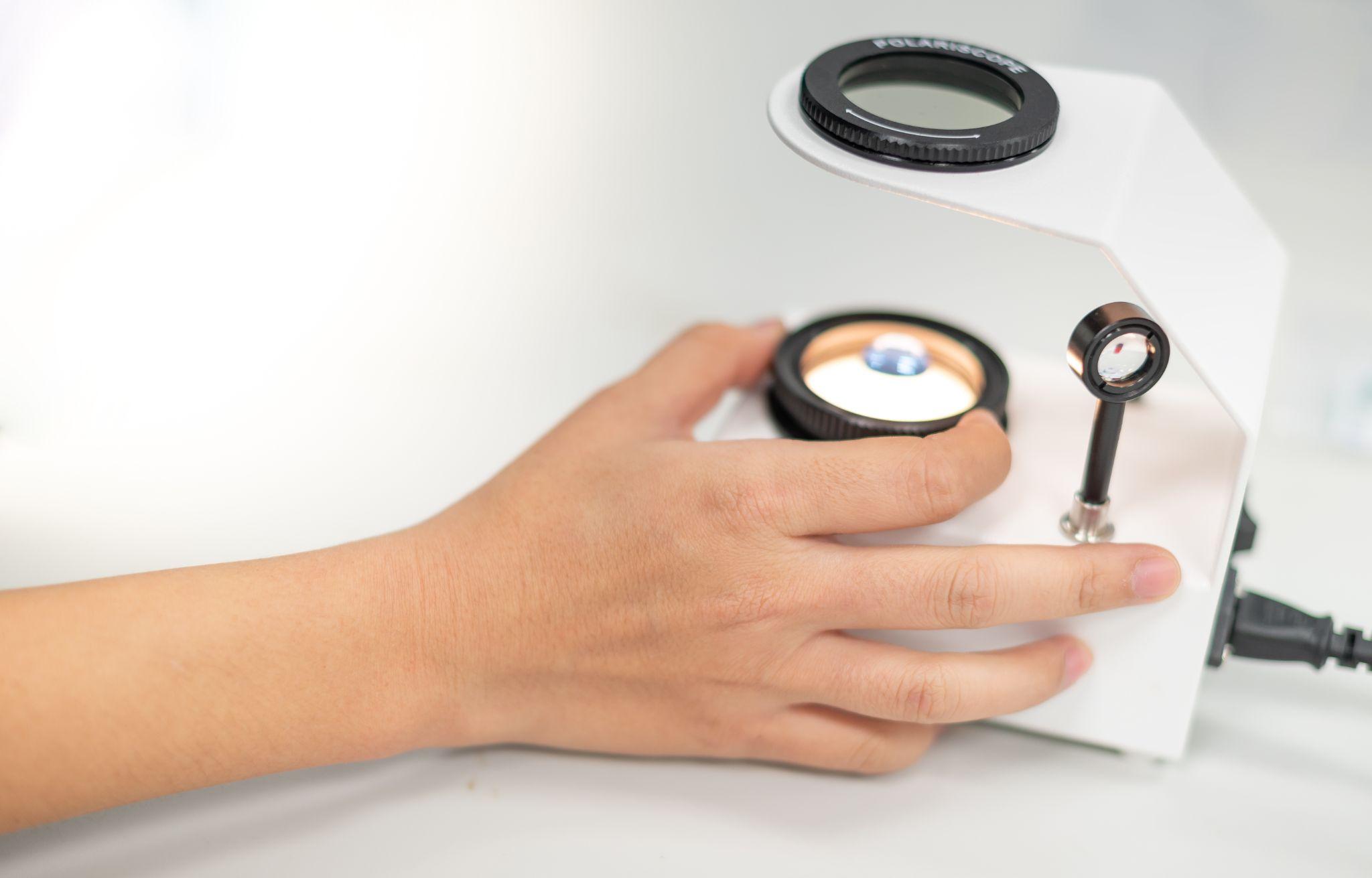
If you have diamond jewelry that you no longer wear or want, selling it can be an option.
Diamonds USA is a premier online diamond buyer, jeweler, and metals assayer. We provide top-quality appraisals of diamonds and precious metals by GIA-certified professionals to ensure you receive full value.
Request your complimentary appraisal kit, send your jewelry to us, and receive payment within 24 hours.
Post Revisions:
There are no revisions for this post.
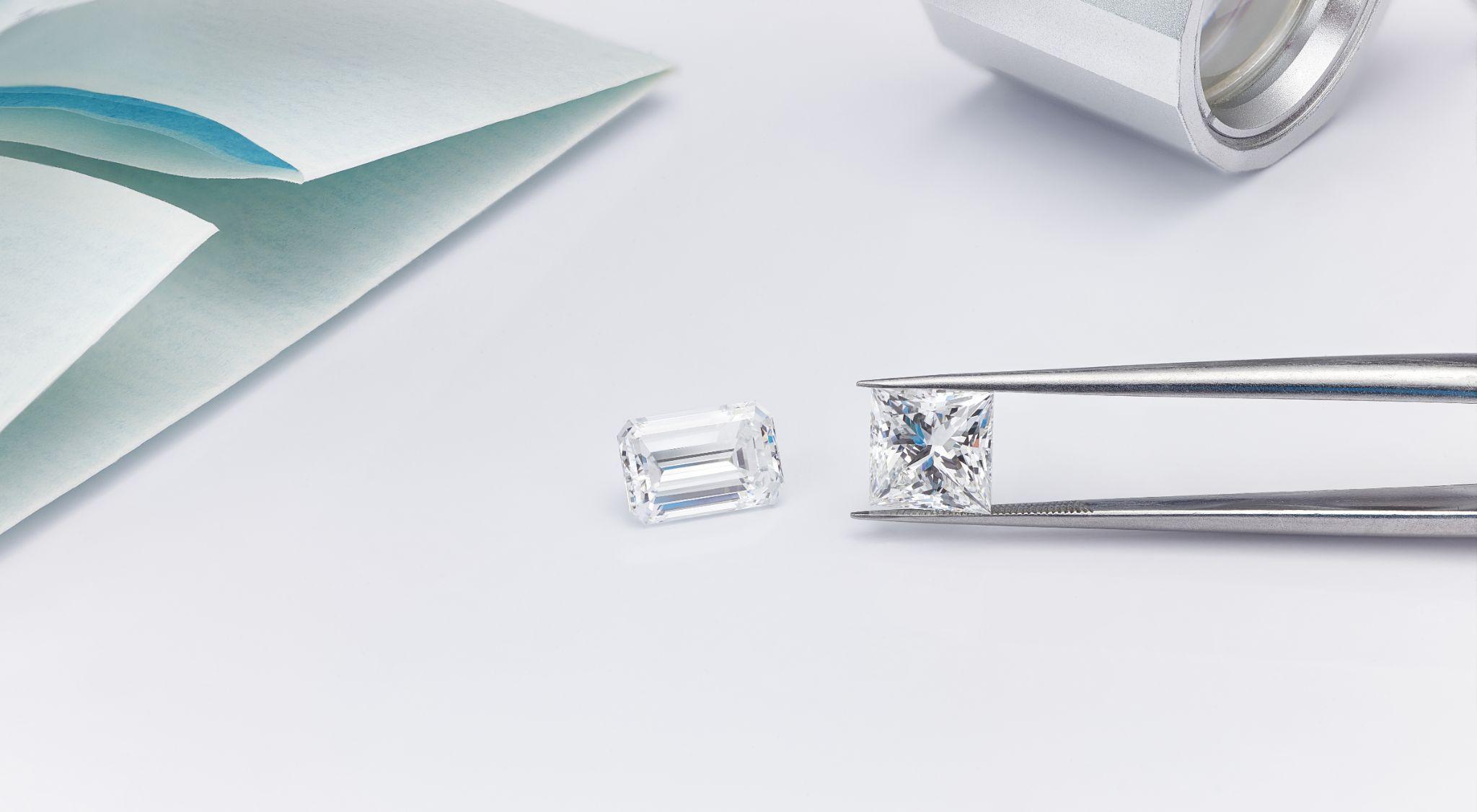
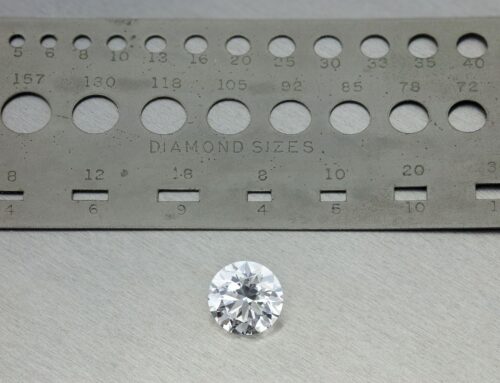
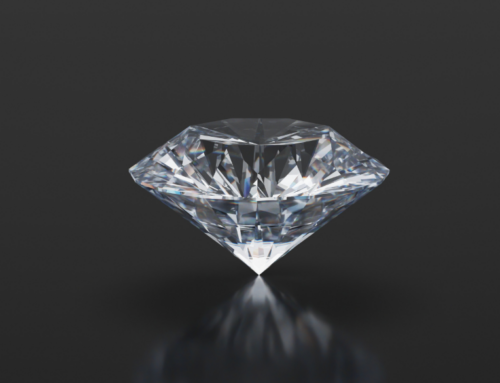
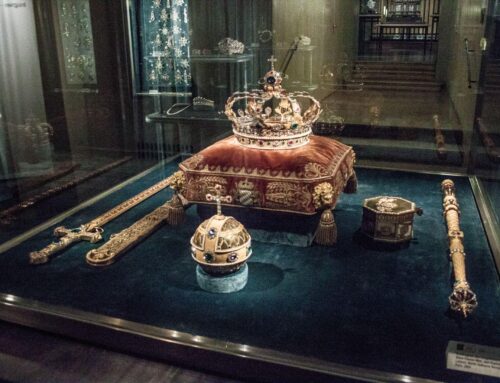
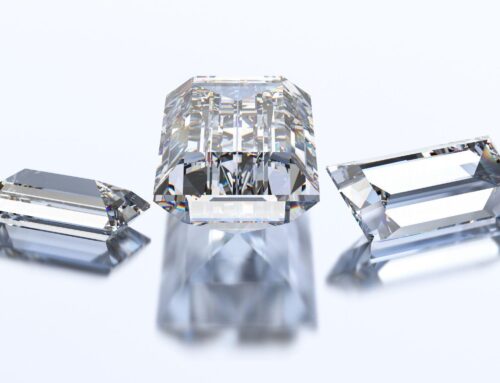
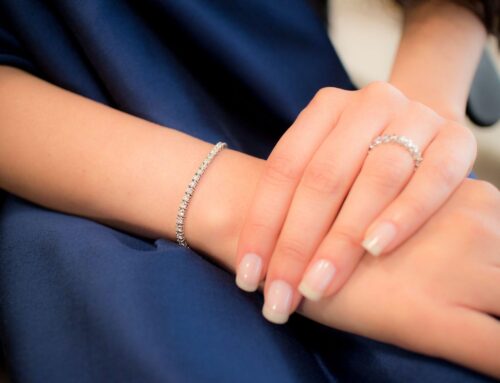
Leave A Comment